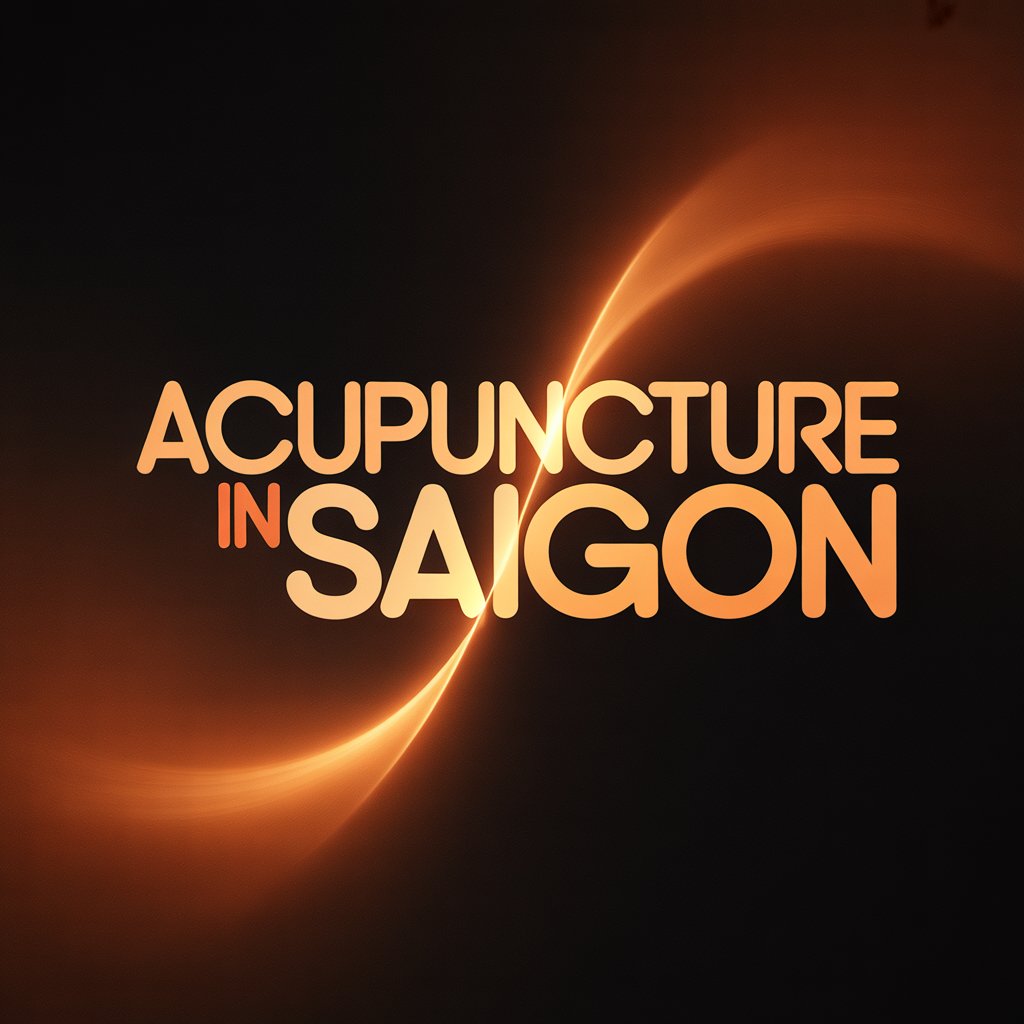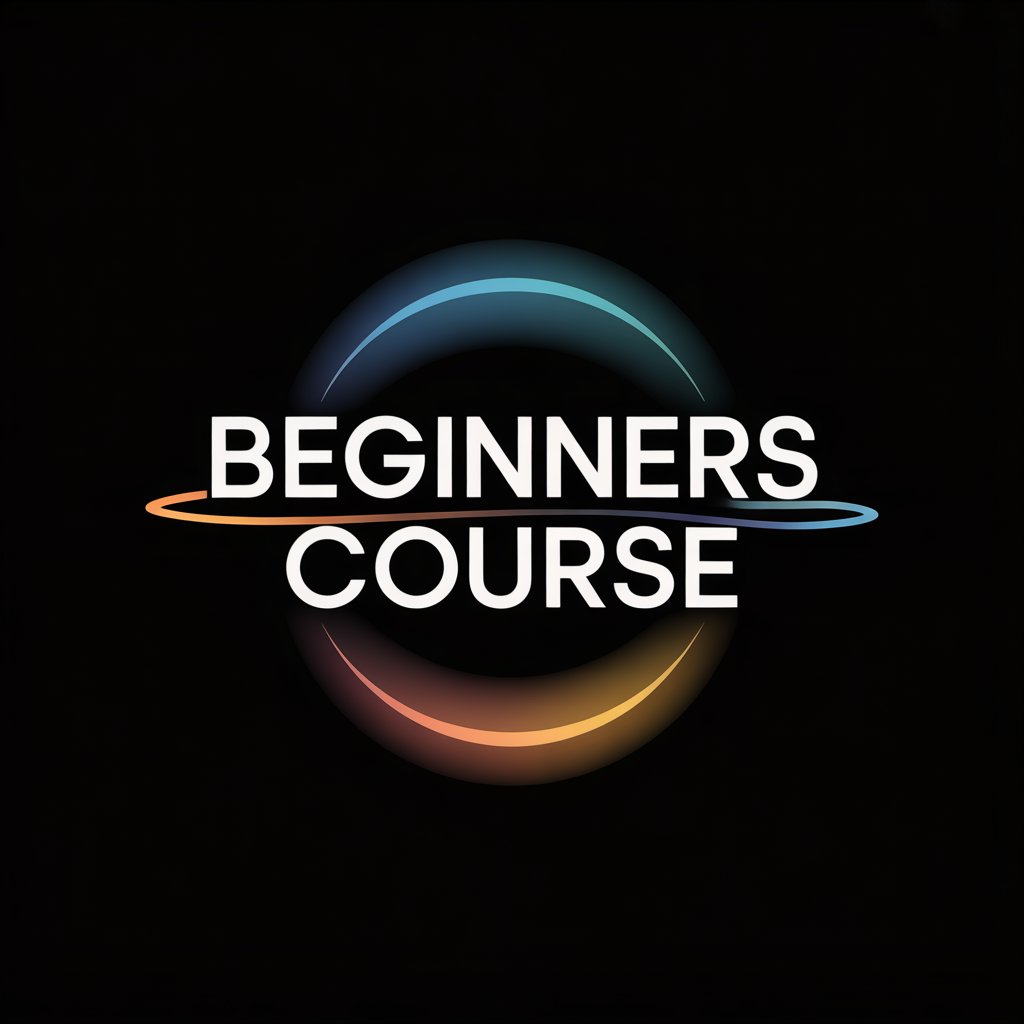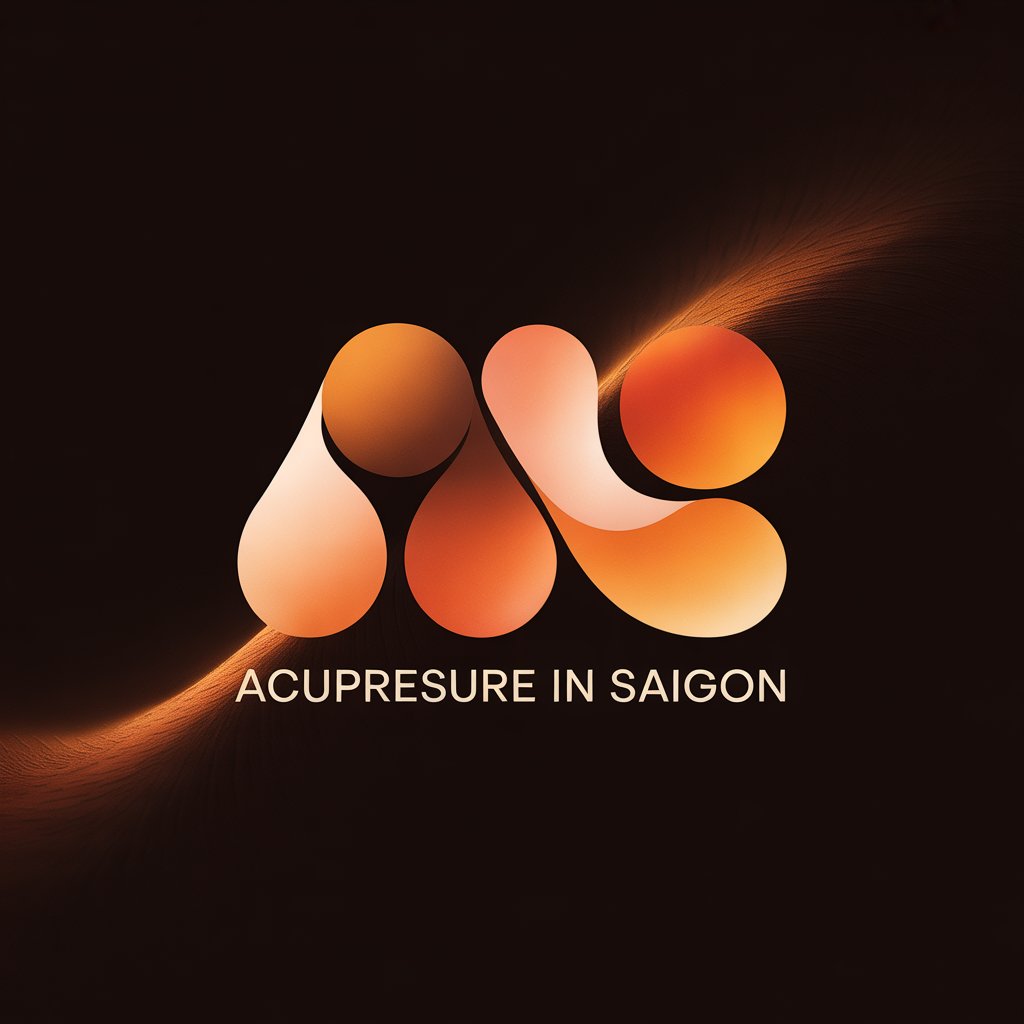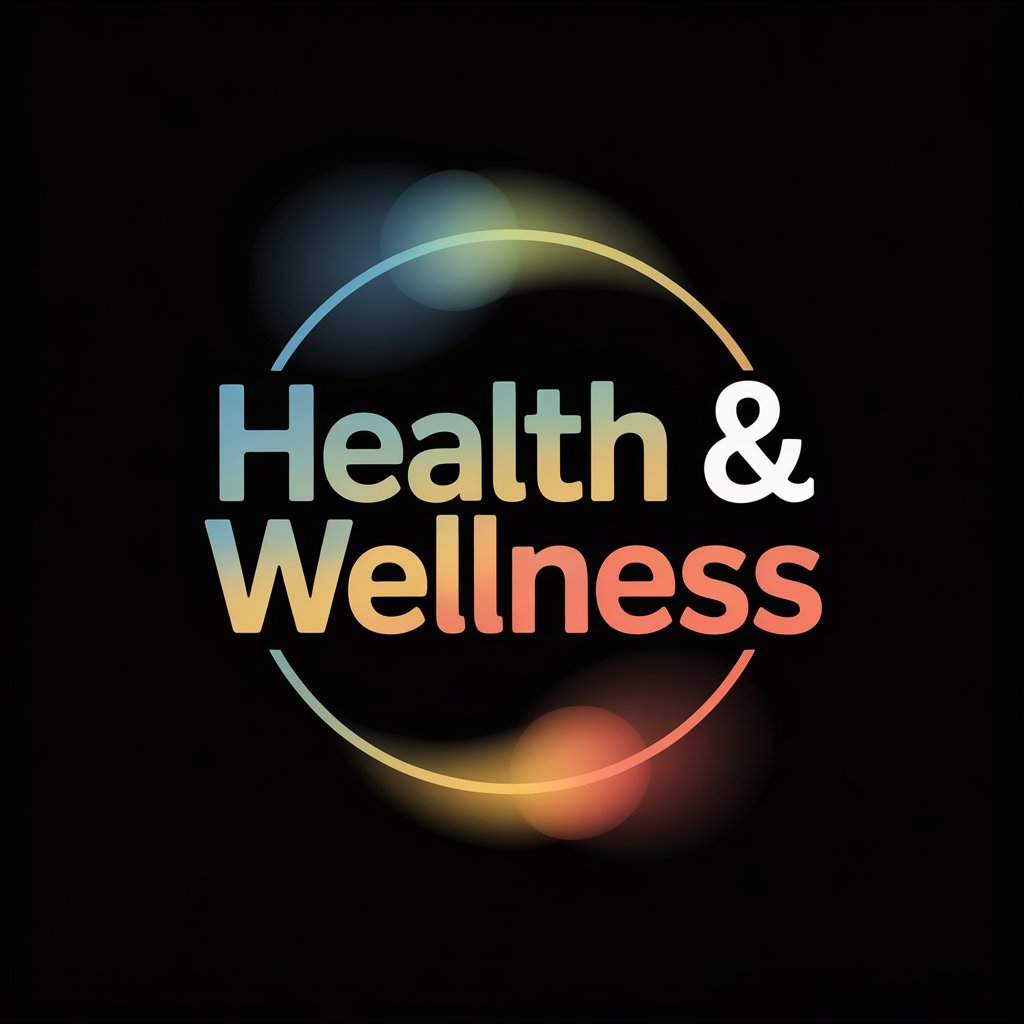The Five Forbidden Acupuncture Points

Large Intestine 4 (Joining Valley, Hegu)

- Location: Between the thumb and index finger on the back of the hand
- Reason for Caution: LI4 is a potent point for moving Qi and is highly effective in inducing labor. Stimulating this point during pregnancy, especially in the early stages, may trigger uterine contractions, potentially leading to premature labor or miscarriage.
- Effect: Besides its labor-inducing properties, LI4 is widely used to alleviate pain, reduce headaches, and address Qi stagnation, making it one of the most versatile and commonly used points in TCM.
Spleen 6 (Three Yin Intersection, Sanyinjiao)

- Location: On the inner lower leg, about four finger-widths above the ankle.
- Reason for Caution: SP6 is contraindicated during pregnancy because it can stimulate the uterus and influence reproductive organs, posing a risk of miscarriage or premature labor. This point is powerful in its ability to move Blood and Qi in the lower abdomen.
- Effect: SP6 is often utilized for gynecological issues, digestive disorders, and emotional well-being. It helps regulate menstruation, alleviate pain, and improve blood flow, demonstrating its strong influence on the body’s reproductive and circulatory systems.
Urinary Bladder 60 (Kunlun Mountains, Kunlun)

- Location: Behind the outer ankle, in the depression between the lateral malleolus and the Achilles tendon.
- Reason for Caution: BL60 is considered a potent point for promoting labor. Its stimulating effect on the uterus can be beneficial in cases of delayed labor but poses a significant risk if used during early pregnancy.
- Effect: In non-pregnant individuals, BL60 is used to clear heat, relieve pain, and relax the sinews. It is particularly effective for issues related to the head, neck, and lower back, and is sometimes employed in inducing labor when medically indicated.
Gallbladder 21 (Shoulder Well, Jianjing)
- Location: On the top of the shoulders, in the trapezius muscle, approximately halfway
 between the base of the neck and the shoulder joint.
between the base of the neck and the shoulder joint. - Reason for Caution: GB21 is known for its strong descending action, which can stimulate uterine contractions. It is avoided during pregnancy to prevent premature labor.
- Effect: GB21 is a common point for relieving muscle tension, especially in the shoulders and neck. It is also used to promote the flow of Qi, alleviate pain, and aid in conditions like stress and anxiety. Its strong action in moving Qi makes it a point of caution during pregnancy.
Conception Vessel 3 (Middle Pole, Zhongji)
- Location: On the lower abdomen, about 4 cun below the umbilicus, directly above the pubic
 bone.
bone. - Reason for Caution: CV3 is a strong point for stimulating the reproductive organs and lower abdomen. Its powerful effect on moving Qi and Blood in this area can potentially induce uterine contractions, making it contraindicated during pregnancy.
- Effect: CV3 is often used to address urinary and reproductive system issues, such as bladder infections, menstrual disorders, and sexual health problems. It helps tonify and regulate the Qi in the lower abdomen, supporting the body’s overall energy balance.
These forbidden points are primarily contraindicated during pregnancy due to their strong ability to move Qi and Blood, which can induce labor or disrupt the delicate balance needed during gestation. However, outside of pregnancy, these points are valuable tools in the hands of a skilled acupuncturist, offering relief for a wide range of conditions related to Qi stagnation, pain, and reproductive health.
Clinical Practice and Safety
In clinical practice, the safe use of these points relies on the acupuncturist’s expertise in assessing the patient’s overall condition, history, and specific needs.
An experienced practitioner will carefully evaluate whether these points are appropriate, considering factors such as the patient’s constitution, health status, and any contraindications.
For instance, while LI4 and SP6 might be avoided in early pregnancy, they can be used strategically to stimulate labor in overdue pregnancies under controlled conditions.
Conclusion
The “forbidden acupuncture points” reflect the depth and complexity of TCM, where each point’s selection is a deliberate decision based on a comprehensive understanding of the body’s energetic pathways and physiological processes.
While these points hold significant therapeutic potential, their power necessitates cautious application to ensure patient safety and optimal outcomes.
This underscores the importance of seeking treatment from a qualified acupuncturist, particularly when dealing with sensitive conditions like pregnancy.




